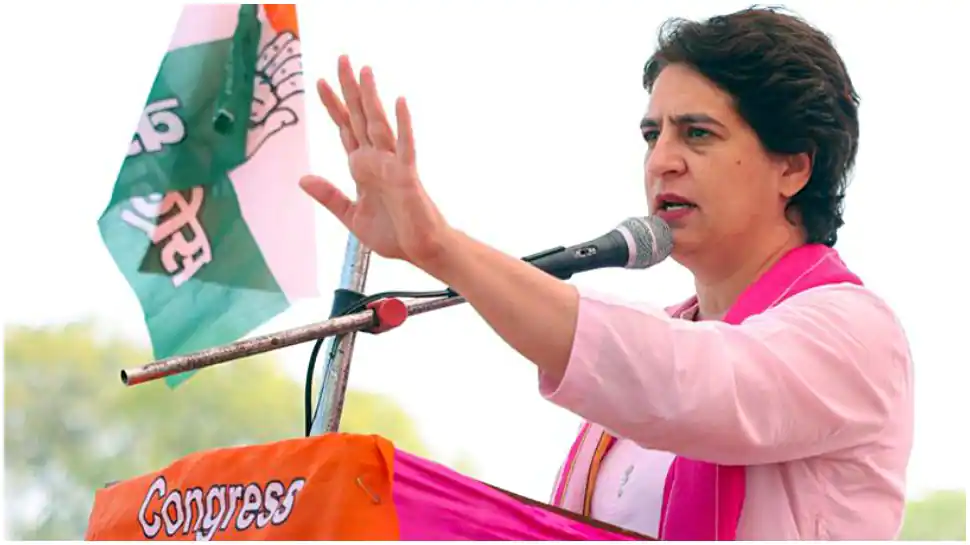 Communicators should align their strategy with national policies and be seen as an enabler of growth.
Communicators should align their strategy with national policies and be seen as an enabler of growth.By Yuvraj Mehta
For someone who swears by the power of strategic communications, I believe that it helps build a unified nation besides creating a positive identity that inspires hope, confidence, and pride. It resonates quite starkly with India where history, fiction, folklore, songs, symbols, and icons have shaped some sense of nationalism. From a historical perspective, India’s identity has often been symbolised in a figure or image – depicted as the motherland – which engendered nationalist feelings among people.
In the late-19th century, such image personification found expression in Bankim Chandra Chattopadhyay’s ‘Vande Mataram’ – a hymn to the motherland – which he wrote in 1875. This was followed by the Swadeshi movement in Bengal when a tricolour flag with eight lotuses that illustrated the eight provinces of British India, a crescent moon that represented Hindus and Muslims and Gandhiji’s Swaraj flag that portrayed the great man’s ideal of self were national icons that unified people and inspired nationalism.
When Mahatma Gandhi’s Swadeshi Movement was in full steam, Godrej launched the “No 1” soap. Since the ahimsa & swadeshi movement by Gandhiji had gained momentum, the vegetable oil soap by Godrej had struck a chord with the masses by aligning the communication with swadeshi. Nationalists like Rabindranath Tagore, Dr Annie Besant and C Rajagopalachari endorsed the Swadeshi soap. “I know of no foreign soaps better than Godrej’s and I will make a point of using it,” read the ad starring Rabindranath Tagore.
Fast forward to today’s world and we observe that strategic communication continues to play a pivotal role in steering geo-political and nation-building initiatives. Whether it was India’s ability to bounce back after the turmoil with China or extrapolating ‘Make in India’, ‘Atmanirbhar Bharat’, ‘Vocal for Local’ or the ‘Swachh Bharat’ campaign, strategic communication has nurtured a shared vision for India’s future and helped harness non-material and material resources to help us find the driving force for inclusive development.
It is time to reflect upon the vagaries of the post-pandemic world and how strategic communications can play a key role in inspiring millions to achieve the seemingly unachievable. The pandemic has made economies, countries, and continents look inwards. Countries have been forced to look for resources within and to build capacity. They need to align with government policies to be part of nation-building stories, thereby increasing brand trust and enhancing brand equity.
India’s self-reliance campaign is a result of this tectonic shift. There exists an opportunity for Indian corporate brands to reposition and restrengthen themselves as nation builders. The need to establish the importance of strategic communications in pivoting companies towards the centre of policy and economic discussions is being felt now like never before. To harnesses these dynamics of the changing social and economic environment, marketers and communicators are leaving no stone unturned to allow businesses to negotiate these changes to their advantage.
For this to happen, communicators and marketers need to curate the brand responsibly and judiciously. The days of abdicating our responsibility with marketing campaigns are over. There is a tremendous opportunity for savvy communicators to lead organisations into a future of unparalleled collaboration to deliver world-class customer experiences, and help grow the nation too, in the process.
Communicators should align their strategy with national policies and be seen as an enabler of growth. Moreover, if strategic communications are to be truly national, they must reflect not only government policy and an executive message but a national narrative that is understood, owned, and endorsed across society. But messaging and narrative alone will do little without constructive and credible actions to reinforce the message and address audiences. Consistency should be sought between spoken and practical means of communication, or more simply between words and actions.
Nation Building also drives a sense of pride among employees who should be aligned through consistent, focused communication and strategic engagements. They should feel that they have a stake in the national building process. In so doing, they must be aware of and attuned to the government policies of nation-building and how their organisations are supporting that cause. As an intrinsic part of strategy, strategic communications must be clear and consistent to them.
Once the employees are so sensitised and buy-in is secured, they take ownership of the process and become the driving force. Leadership will then have to maintain the momentum.
Only when every citizen and organisation of India nurtures a true-shared vision, transcending personal agendas, can the process of national development reach the tipping point for accelerated growth. Strategic communication will be the driving force behind this growth.
(The author is head of corporate brand management and communications at L&T. The views expressed are personal)
Follow us on Twitter, Instagram, LinkedIn, Facebook
Get live Stock Prices from BSE, NSE, US Market and latest NAV, portfolio of Mutual Funds, Check out latest IPO News, Best Performing IPOs, calculate your tax by Income Tax Calculator, know market’s Top Gainers, Top Losers & Best Equity Funds. Like us on Facebook and follow us on Twitter.
![]() BrandWagon is now on Telegram. Click here to join our channel and stay updated with the latest brand news and updates.
BrandWagon is now on Telegram. Click here to join our channel and stay updated with the latest brand news and updates.














